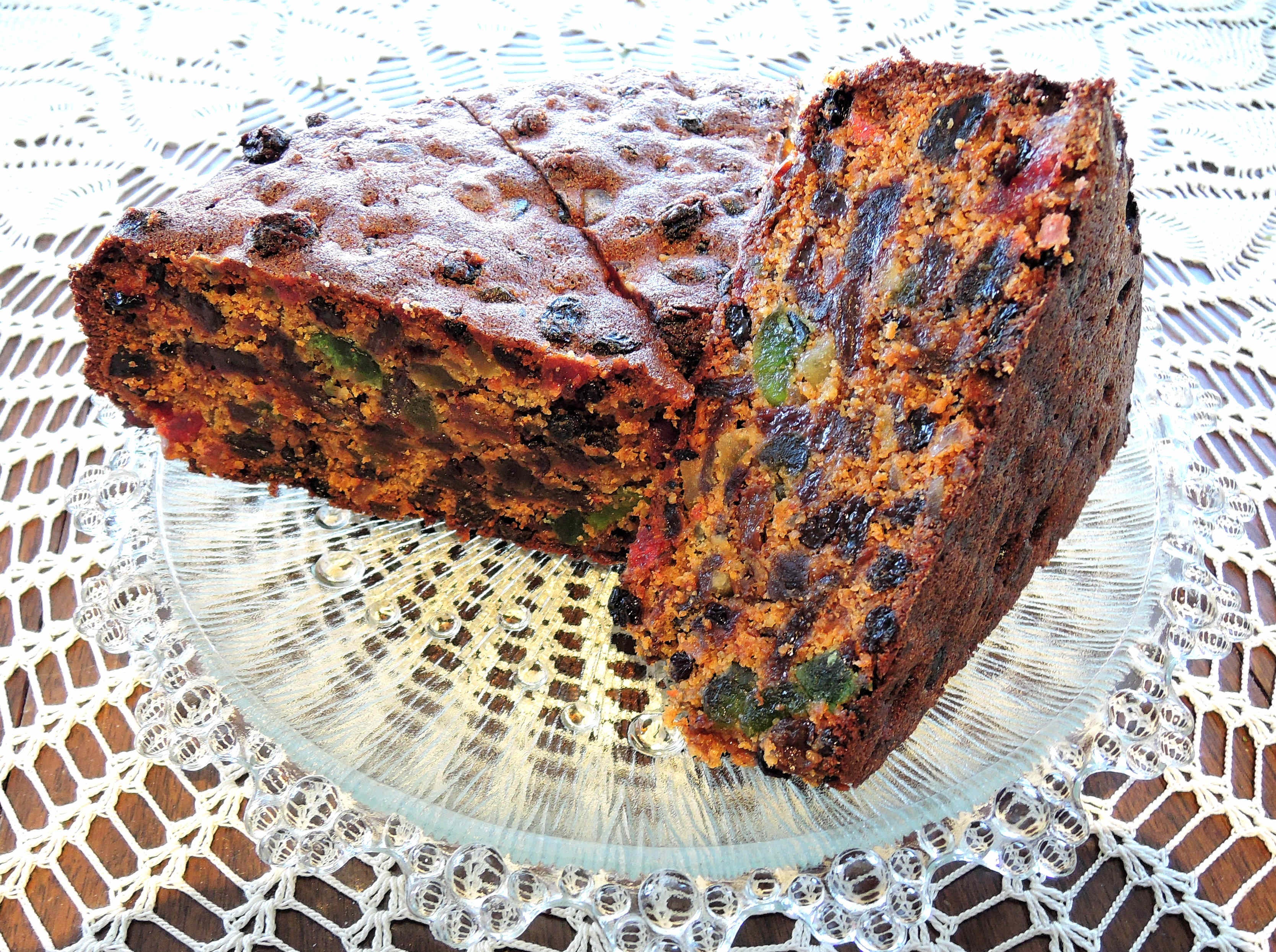A Curious Pairing?: Fruitcake and Cheese
Cheese is a staple found on many Christmas tables, often accompanied by a variety of chutneys, fruits, and nuts. As our palates evolve and culinary creativity flourishes, the idea of enjoying fruitcake alongside cheese may not be so unconventional after all. The sweet and savoury interplay of flavours has found a harmonious match in this combination, making it an inviting treat for the senses.
Victorian Origins: A Tradition Takes Root
Tracing back through time, we discover that the tradition of savouring fruitcake with cheese isn't a recent gastronomic fad; it has a history deeply rooted in the Victorian era. The earliest written mention of this unique pairing can be found in Joseph Lucas's book "Studies in Nidderdale [Yorkshire]" published in 1871. The passage reads: "On Christmas Eve one Yule Cake is given to each member of the family, along with a piece of Christmas cheese. As a rule, part of it is left for Christmas morning, and eaten at the breakfast." This practice began in Yorkshire and then spread across the other northern counties, cementing its place as a Christmas tradition.
The Cheese of Choice: Wensleydale
When it comes to selecting the perfect cheese to accompany a rich fruitcake, one variety stands out among the rest: Wensleydale. A classic "crumbly" cheese from north Yorkshire. Wensleydale boasts a fresh, zesty, and clean flavour profile. Aged for around 2 to 3 months, it possesses a sharp finish and crumbly texture that beautifully contrasts the figgy and currants notes of a well-made fruitcake. The slight bitterness of the cheese's lactic bite enhances the overall tasting experience, creating a symphony of flavours on the palate.
A Tradition Worth Embracing
In the midst of ever-evolving culinary trends, the Yorkshire tradition of pairing fruitcake with cheese stands as a testament to the enduring appeal of classic combinations. Whether it's the rich history, the unique blending of flavours, or the simple joy of honouring age-old practices, this delightful pairing has stood the test of time for a reason. So, this holiday season, when you find yourself pondering over your festive feast, why not follow in the footsteps of generations before you and savour the delightful harmony of fruitcake and Wensleydale cheese? It's not just food; it's a slice of history, a taste of tradition, and a celebration of the culinary heritage that binds us through time.
Fruitcake and Cheese - it really is a thing from the no
rth.
Let me explain, Cheese is something lots of us have on our Christmas table, we now have fruit in cheese and fruity chutneys and grapes or apples served as an accompaniment, so eating it with Christmas cake is not that big a step really.
How did this start?
What we do know is that eating fruitcake with cheese isn’t a new foodie trend. It can be traced back to Victorian times; the first written reference I could find is from Joseph Lucas’s book (1871) ‘Studies in Nidderdale [Yorkshire]’ “On Christmas Eve one Yule Cake is given to each member of the family, along with a piece of Christmas cheese. As a rule, part of it is left for Christmas morning, and eaten at the breakfast.”
It seems eating fruitcake and cheese started in Yorkshire, then spread throughout the other northern counties.
The tradition of enjoying fruitcake with cheese is still (NORMAL) strong in the north of England.
Which cheese to accompany a rich fruitcake?
Fruitcake and Cheese for me its always Wensleydale every time, a traditional ‘crumbly’. Crumbly cheeses from the north of England, at 2-3 months old, have a fresh, zesty, and clean flavour, with a sharp finish and crumbly texture. The bitter lactic ‘bite’ contrasts the figgy/curranty notes of a good fruitcake.
So go ahead and try it… rich fruitcake and a delicious crumbly cheese. It’s not a modern foodie fad. It’s a commonsense tradition that has been followed for generations.

